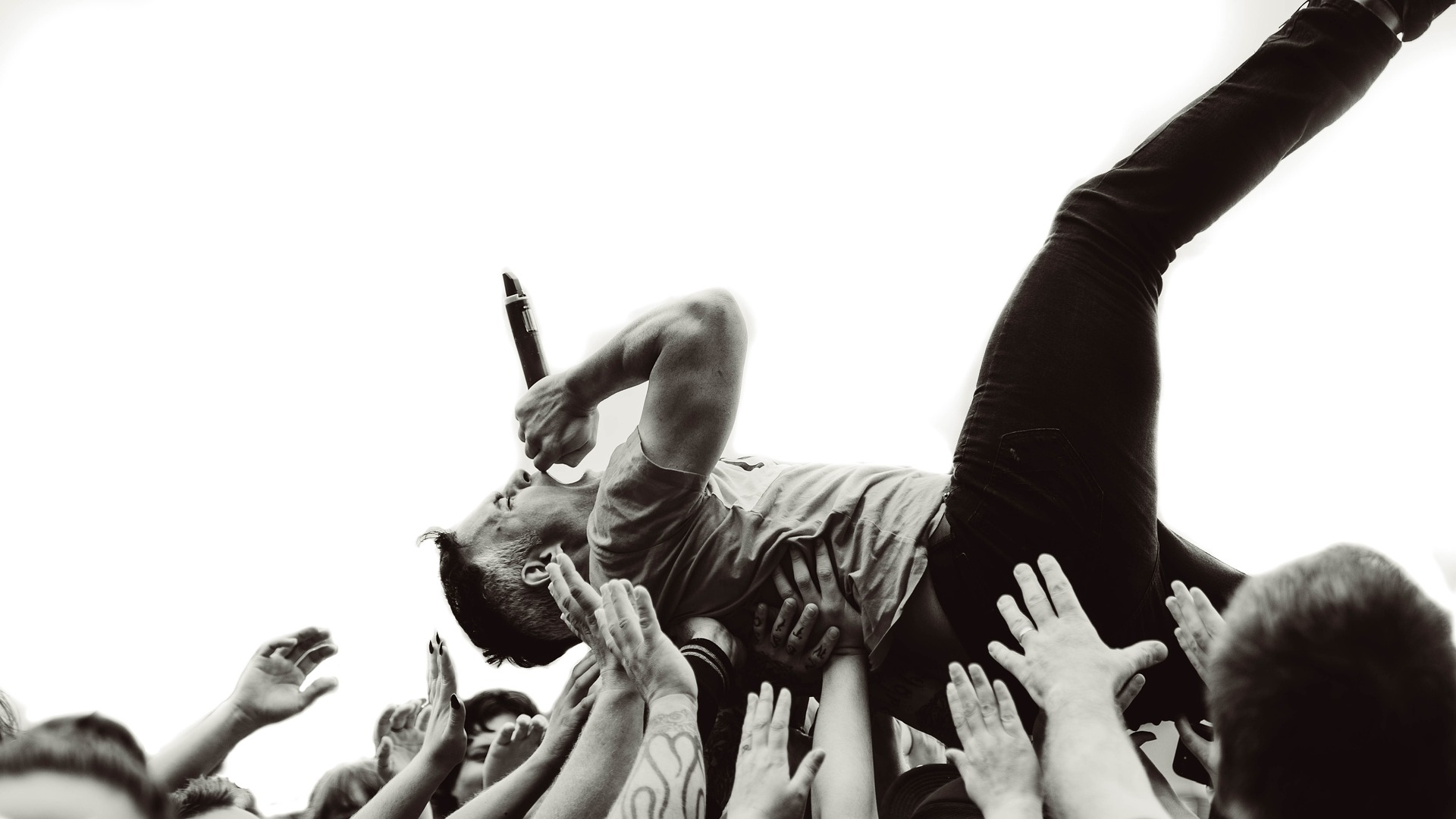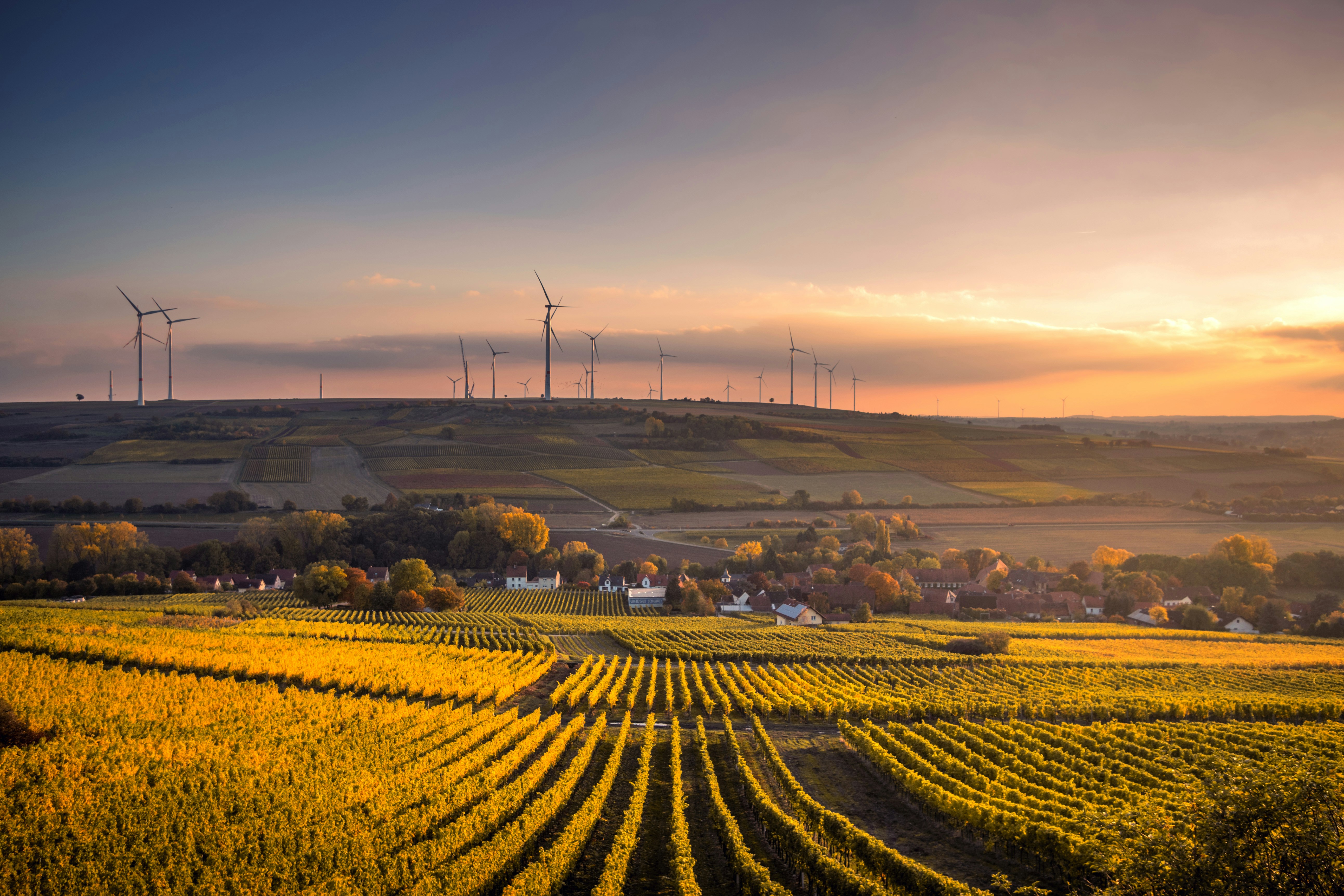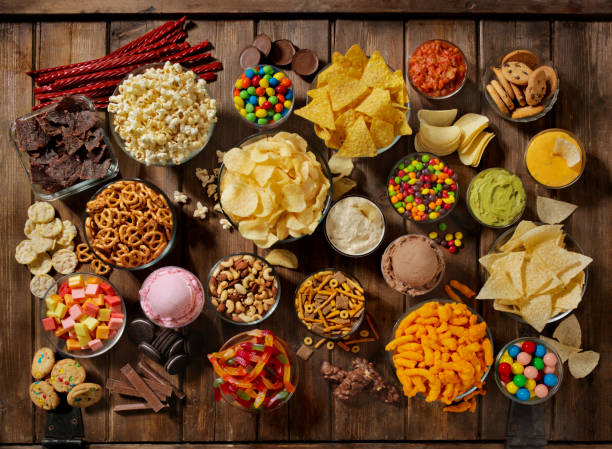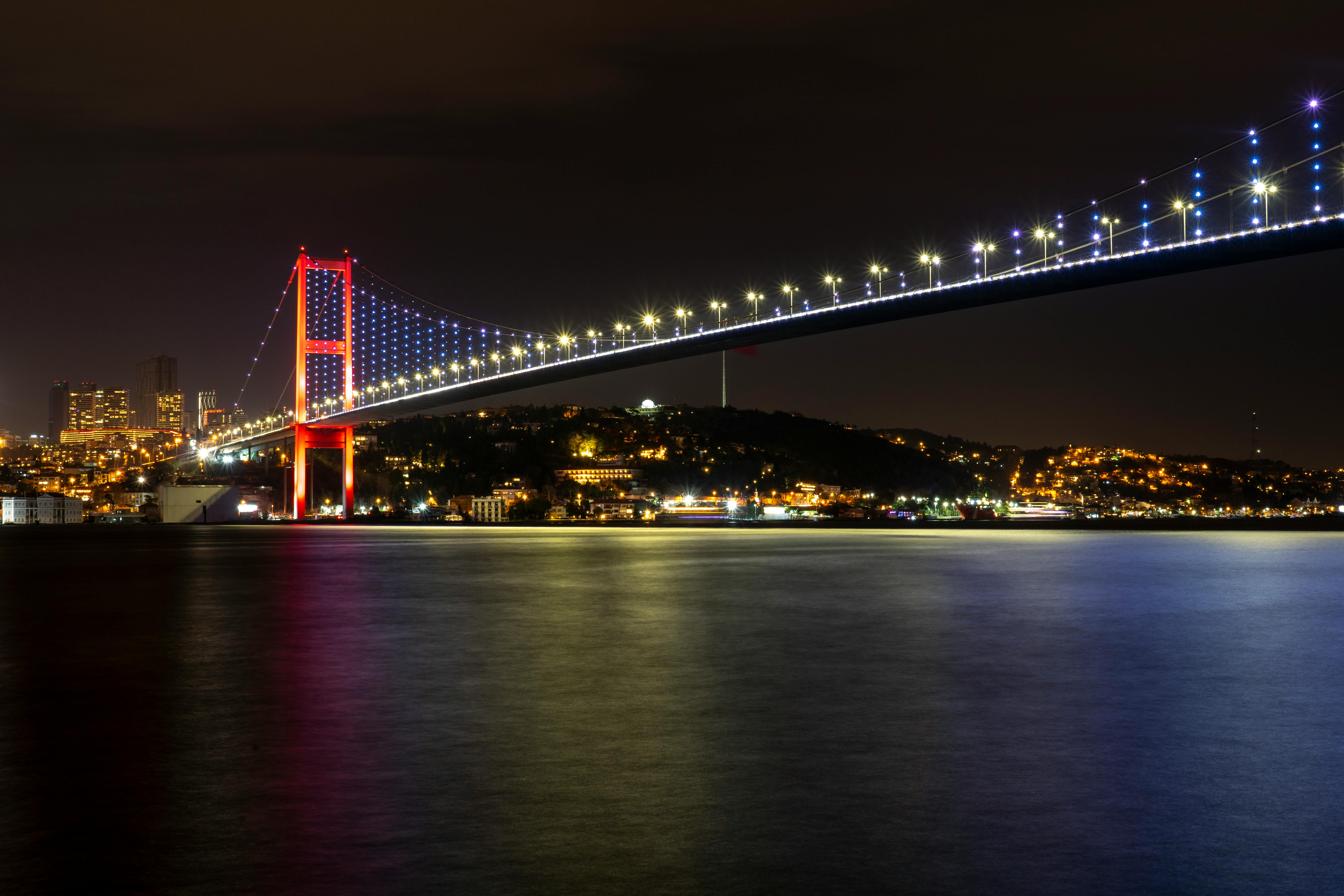Digital Artistry: Navigating the New Age of Creativity
Art has always been a reflection of the times, a looking glass that captures the essence of human experience. Today, we are standing on the brink of a new era, one where technology and creativity fuse to birth a new form of artistic expression - Digital Artistry.

The Genesis of Digital Artistry
The roots of Digital Artistry trace back to the mid-20th century when artists began to experiment with the potential of computers and technology. Pioneers like Michael Noll and Frieder Nake utilized algorithms and computer-aided design to create pieces that were entirely new, entirely digital. This was revolutionary, the first step in the marriage between art and technology.
The Present: The Digital Artistry Boom
Fast forward to the present, and we are witnessing an explosion of digital artistry. Artists now utilize a vast array of digital tools and platforms to create, share, and sell their work. The emergence of platforms like Instagram and ArtStation has provided artists with a global audience, bringing an unprecedented level of visibility and recognition to their work.
Moreover, the recent rise of NFTs, or non-fungible tokens, has further revolutionized the digital art world. Artists can now tokenize their work, providing a unique digital signature that proves authenticity and ownership. This has opened up new avenues for monetization and has empowered artists to maintain more control over their work than ever before.
Impact and Reception of Digital Artistry
Digital Artistry has had a profound impact on both the art world and society at large. It has democratized the art world, opening the doors for anyone with a computer and an idea to create and share their work. It has also challenged our traditional notions of art, pushing us to reconsider what constitutes art in the digital age.
The reception to this new art form has been mixed. Some traditionalists have criticized digital artistry, arguing that it lacks the authenticity and human touch of traditional art forms. However, many others have embraced it, celebrating the innovation and creativity it brings to the art world.
Towards the Future: The Uncharted Territory of Digital Artistry
As we move forward, the landscape of digital artistry is bound to evolve and expand. Virtual Reality and Augmented Reality technologies are already starting to make their mark on the industry, allowing artists to create immersive, interactive experiences.
At the same time, the ethical and legal challenges surrounding digital artistry are becoming increasingly important. Issues of copyright, ownership, and plagiarism are all coming to the fore as we navigate this new digital frontier.
Conclusion
Digital Artistry represents a seismic shift in the world of art, a paradigm shift that is redefining how we create, consume, and think about art. As we stand on the precipice of this new era, it is clear that the only limit to what we can achieve is the limit of our imagination.





